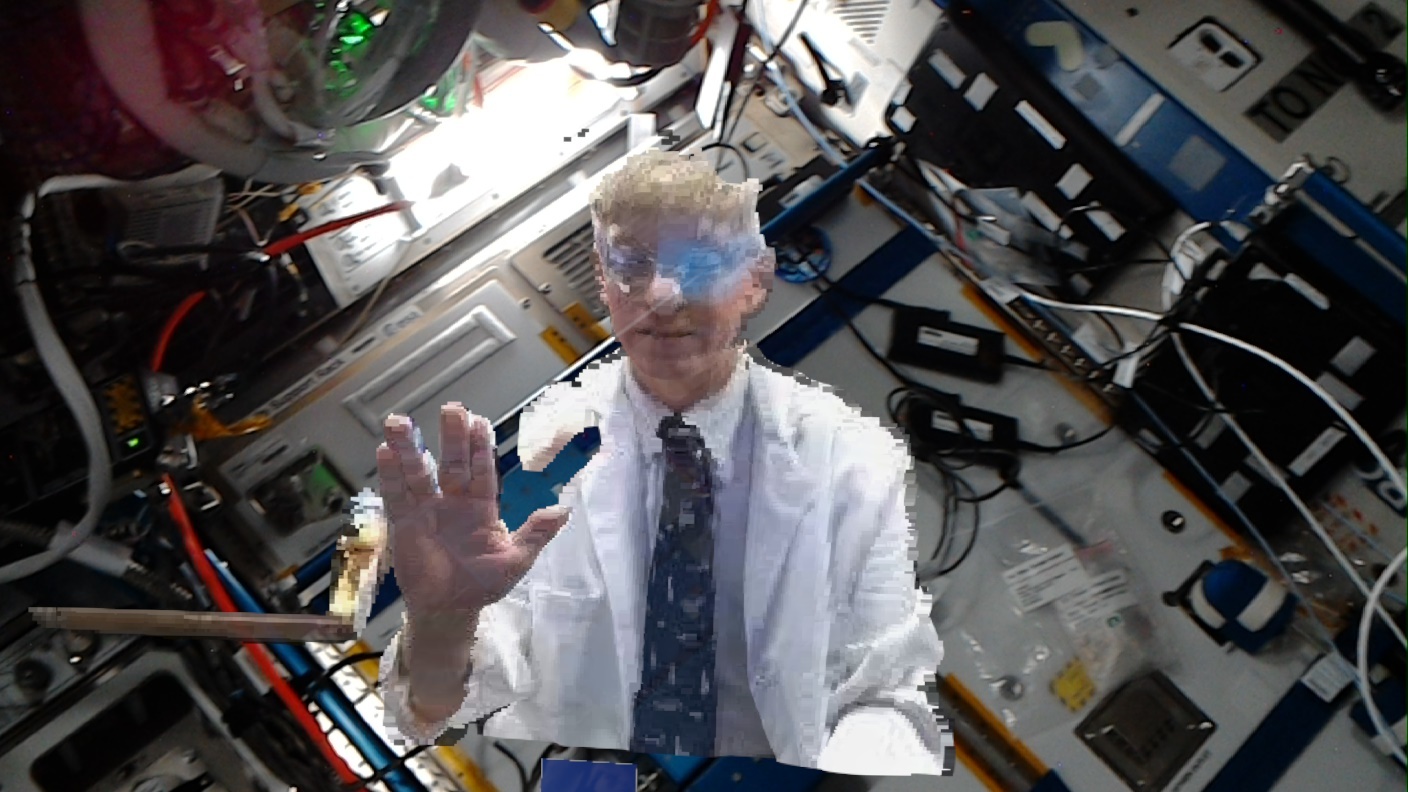We recently explored how the Apple TV+ series, For All Mankind, gives us a harsh reality check about the harshness of human space exploration. In the show, astronauts struggle, some go crazy, and a lot of them die in the pursuit of planting our flag just a little farther from home. We discussed how while For All Mankind is both science fiction and takes place in an alternate universe, our future Artemis and Mars astronauts will very likely endure the same struggles and hardships as the show’s beloved characters.
When Artemis astronauts finally land on the Moon, they’ll be there anywhere from a few days to a few months. While the Moon is only a few days travel time from Earth, Artemis astronauts may still get a little cranky being stuck in their habitat and unable to go outside without a spacesuit.
Astronauts traveling to Mars, on the other hand, are going to be away from home far longer, potentially two years longer. They’re going to be stuck in a spaceship for the long journey to Mars, stuck inside a Mars surface/subsurface habitat for even longer and unable to go outside without a spacesuit, then stuck in the same spaceship for the long journey back home.
Anyone who’s spent extended periods of time from their family—whether working long hours for your career or deploying for one’s country (twice for this author)—knows this can be a massive mental health drain for all parties involved. The individual starts to question whether their “mission” is worth it, and the families start questioning the legitimacy of staying in this precarious situation for the long-term, as well. This mental health drain could be hugely amplified for any crewed trip to Mars, with some of the astronauts and their families back home undoubtedly questioning the mission knowing that if one component fails, they’re not coming home. But what potential steps can be taken to curtail this mental health drain and help keep both parties focused?
Virtual/Augmented Reality (VR/AR)
Everyone loves virtual reality (VR), especially for video games. Nowadays, we can’t turn on our TV or streaming service without seeing an ad for the latest VR headset that you’ll likely be immersed in for hours on end. For human spaceflight, astronauts on the International Space Station (ISS) started using VR and augmented reality (AR) to help carry out their various tasks onboard the orbiting outpost, from controlling robots to performing maintenance. But what if future Mars astronauts could use this same technology for entertainment purposes to help improve their mental health while stuck being on a planet that is quite literally trying to kill them?

The common perception is that astronauts are these superhuman freaks of nature, but they’re still very much human, and they all have their favorite hobbies and activities, to include the fine arts, running marathons, and scuba diving. When some of these brave pioneers are on Mars, we could send them immersive video of those same favorite hobbies and activities to help improve their mental health, thus improving their mission focus.
Holoportation
Holoportation involves capturing a 3D image of a person and sending it anywhere in real time, and was recently used onboard the ISS. Like VR/AR, holoportation requires the use of special glasses to see the object, and was featured several times in the Hulu series, The First, which ironically depicted the first crewed mission to Mars. For our own future Mars astronauts and their families, holoportation can be used to talk to each other, albeit with a slight time delay. This technology will only improve in the coming years, and Mars astronauts seeing their family members as a real 3D image could have a far more positive impact on their mental health than just talking to them on a Zoom call or another traditional form of 2D video communication.

When will humans go to Mars? How will the astronauts respond being away from their families for such a long period of time? Can VR/AR and holoportation positively impact their mental health throughout their journey? Only time will tell, and this is why we science!
As always, keep doing science & keep looking up!

